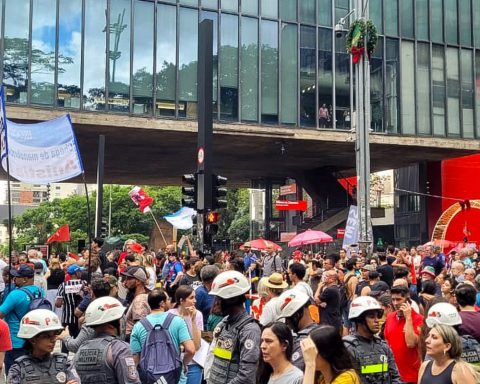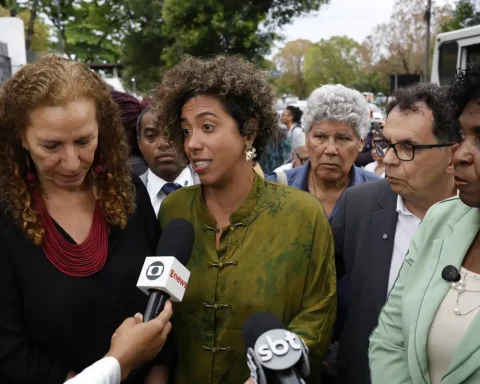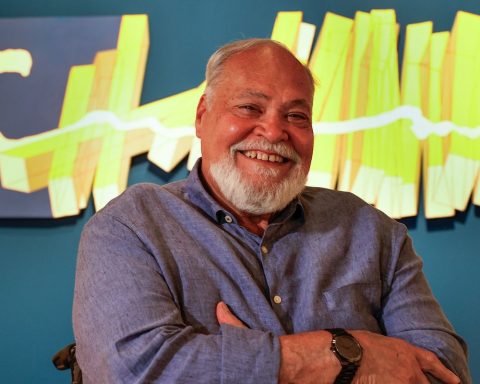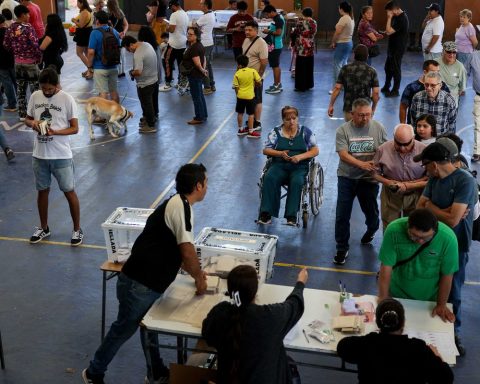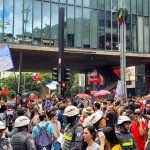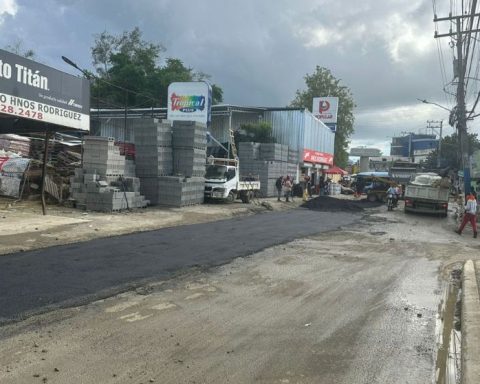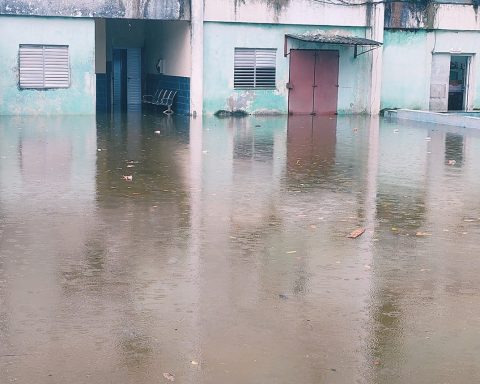Sete de Setembro was not always the commemorative date of Brazilian independence. When the then Prince Pedro de Alcântara Francisco gave the cry “Independence or Death”, on September 7, 1822, in São Paulo, few people knew about the fact at first. To give you an idea, just 20 days later, a newspaper from Rio de Janeiro commented on this.
So much so that initially, the official date of commemoration of Brazilian independence was October 12, the day the prince became Dom Pedro I, Emperor of Brazil. Only a few years later, Sete de Setembro became the official date. “We have the famous cry of ‘Independence or death’, but in fact, at the time, no one commented on Sete de Setembro”, says Lúcia Bastos, historian and professor at the University of the State of Rio de Janeiro (Uerj).
This and other stories of the Independence of Brazil will be told in the program Reporting Paths this Sunday (4), which will be shown at 10 pm, on TV Brazil.
“Independence was not a cry on the banks of the Ipiranga, but a whole process that will only end with the conquest of the northern provinces, many wars, many people dying outside the Rio-São Paulo axis”, says historian Mary del Priore.
Among the highlights, the Reporting Paths will show some of these stories that marked our independence process, such as the war in Bahia, which only joined the Brazilian empire in July of the following year.
The former province of Bahia also became the stage for important female presences, such as Maria Quitéria, the first woman to join the Armed Forces and who was decorated by D. Pedro I as a heroine. Our partner, TV Feira, went to the headquarters of the Maria Quitéria Memorial, in Feira de Santana (BA), the city where she was born, to tell part of this story.
The program also addresses the participation of the future Empress Leopoldina in this process. “The person behind “Fico” (Dom Pedro I’s decision to stay in Brazil) is Leopoldina because she has a more prepared vision than he (Dom Pedro I)”, says Paulo Rezzutti, researcher and biographer. “She sees that if Portugal continued to reinforce this issue of recolonizing the country, Brazil would soon be lost to Portugal and it was also not certain that the family would continue on the Portuguese throne because that government did not listen to the king”, he explained.
Stories such as the musician aspect of Dom Pedro I and the participation of English characters, such as Admiral Cochrane, in our independence process are other highlights of the program.
Datasheet
Reporting and production: Aline Beckstein
Text editing: Luciana Góes
Image editing: Eric Gusmão, Mauro Fernandes, Flavio Molina
Production support: Thais Chaves (RJ), Júlia Ballarini (SP) and Flávia Peixoto (DF)
Images: Gabriel Penchel, Sandro Tebaldi, Alexandre Nascimento, André Pacheco and Eusébio Gomes
Technical assistance: Yuri Freire, Adaroan Barros, Ivan Meira, Raimundo Nunes
Drone: Eduardo Viné Boldt
Audio operator: Eduardo Sá
TV Feira Team (Feira de Santana-BA):
Marcondes Araújo (report)
David Cerqueira (images)

